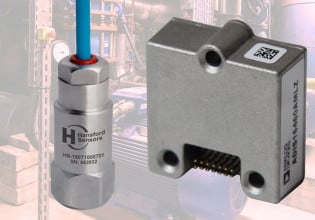R
Hi all.
I write the programs for our PLC's (Siemens S5), and are also responsible for fault finding on the PLC's. The problem that I have is that if I'm not available (on leave, sick, whatever!), other
personell do the faultfinding. Sometimes they think that there is something wrong in the program, and they change it. Thus far, fortunately, no serious damage was done, but I'm afraid to think what might happen. Is there any way that I can protect the programs from being changed by anyone, and yet at the same time allow them to do faultfinding with the computer?
I write the programs for our PLC's (Siemens S5), and are also responsible for fault finding on the PLC's. The problem that I have is that if I'm not available (on leave, sick, whatever!), other
personell do the faultfinding. Sometimes they think that there is something wrong in the program, and they change it. Thus far, fortunately, no serious damage was done, but I'm afraid to think what might happen. Is there any way that I can protect the programs from being changed by anyone, and yet at the same time allow them to do faultfinding with the computer?






